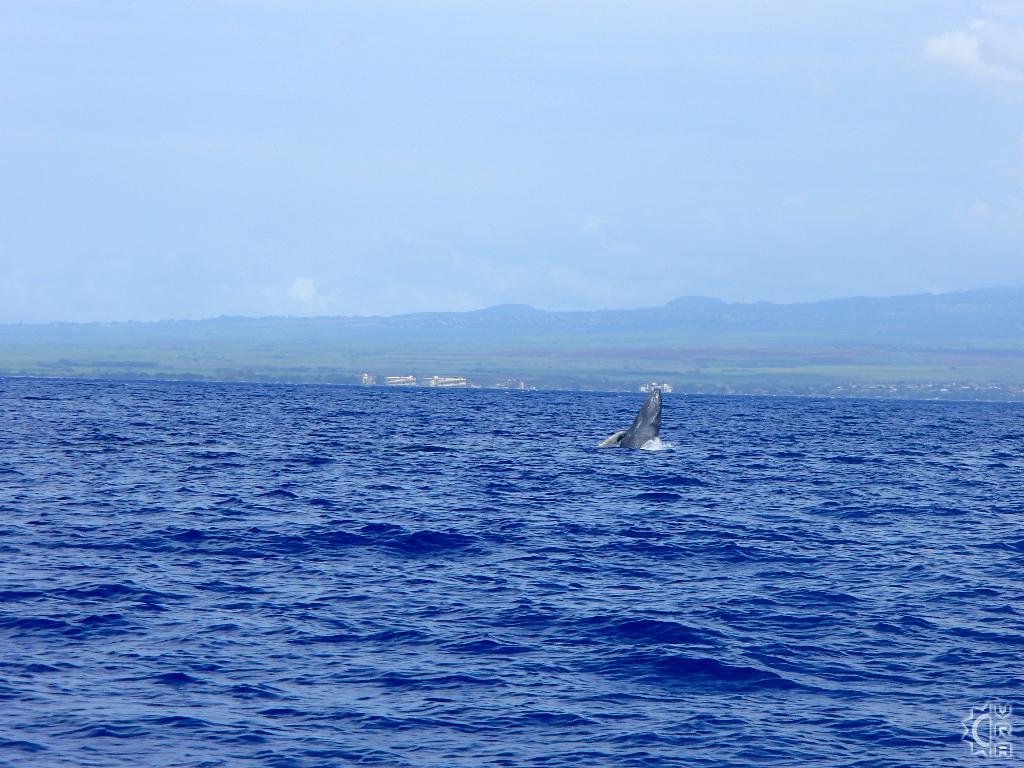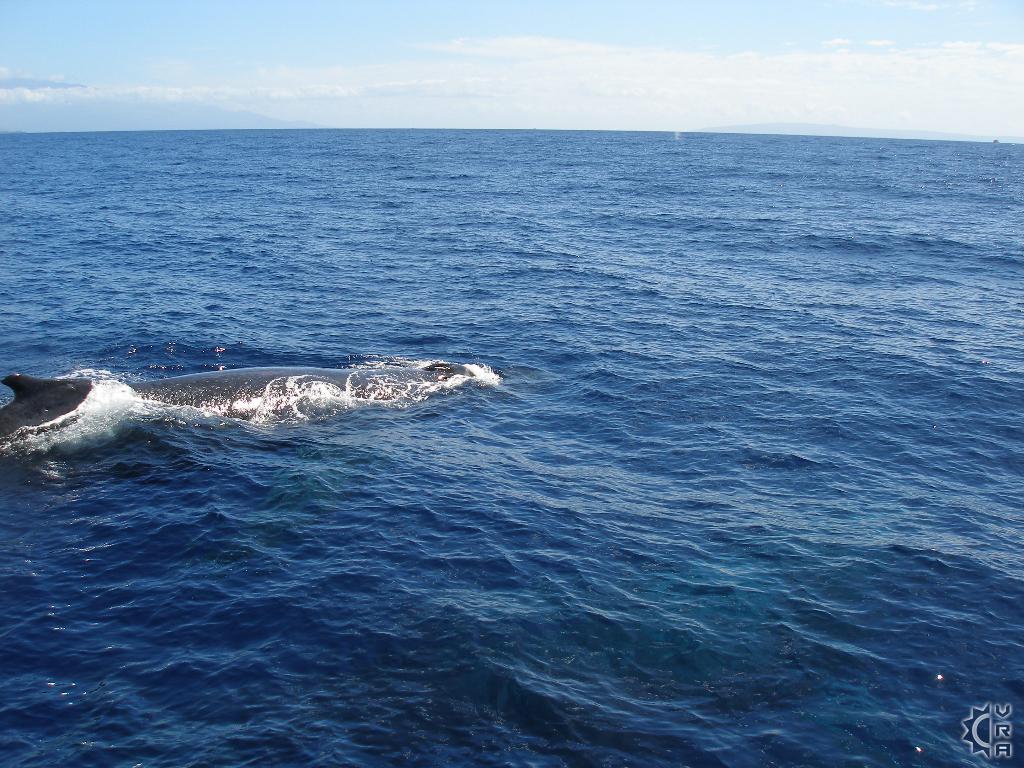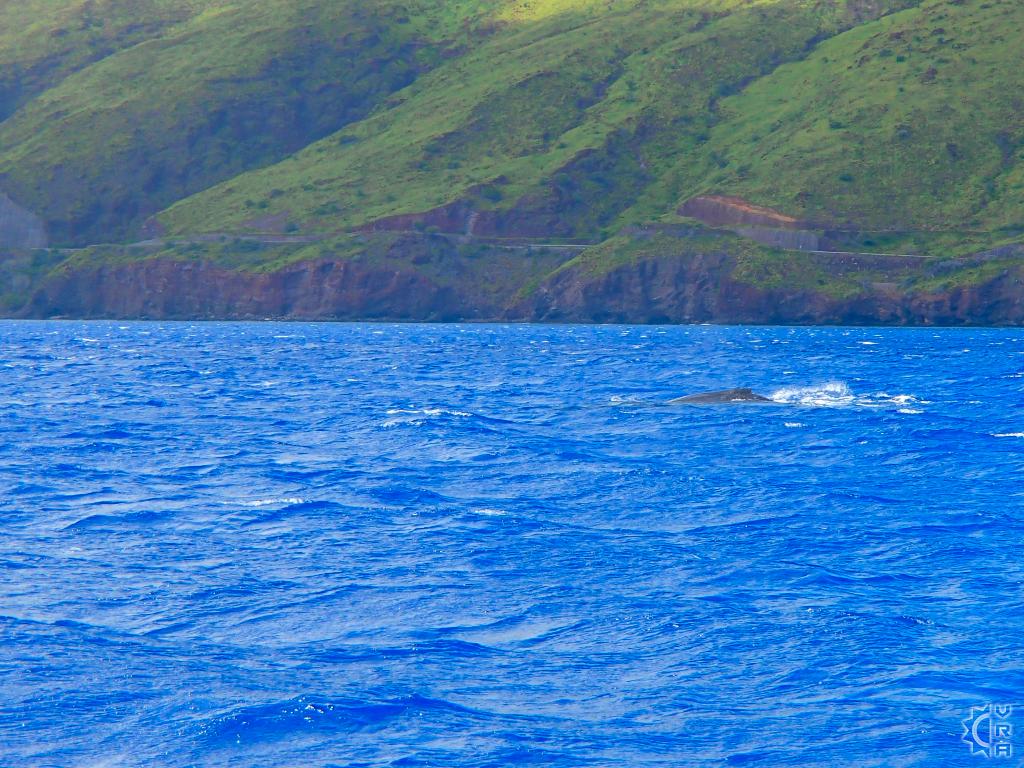Whale Watching at Papawai Scenic Lookout
Description
The Hawaiian whale season stretches from mid-November through mid-April, and happens annually. The waters off the southern and western coasts of island of Maui are designated as the Hawaiian Islands Humpback Whale National Marine Sanctuary. The islands of Maui, Kahoolawe, Lanai, and Molokai surround the Sanctuary buffering waves to create the perfect calm water rest area for these mammoth creatures. During peak whale season whale activity is visible all day long from the easy to find Papawai scenic lookout along the road to Lahaina.
At a Glance:
Highlights: Maui's best whale watching lookout point gives an elevated panoramic 180-degree view of the ocean. Multiple whale pods can be observed both near and far stretching for miles. An easy additive to a days travel about the island.
Activity Level: Low, but very exciting. Plan to stay for 30 minute or more.
Location: Off of Hawaii route 30, just past Ma'alaea Harbor.
Hazards. Watch for traffic. Be aware of that the terrain outside the designated parking and viewing area is rough, so stay within guardrails.
Equipment: You might bring binoculars, camera, shade hat, sunscreen, folding chair and water.
Price: Free!
Whale activity favors the calm seas of the leeward side of the island between the Kihei and Kapalua regions. Along HI-route 30 on the elevated portion of the roadway where the roadway climbs in elevation, there is a whale lookout area called "Papawai". It is the perfect spot to take in the scenery and look for whales.
The parking is limited, but the turn over is frequent so wait your turn, or comeback on another part of the day. Once parked there is great signage by the National Oceanic and Atmospheric Administration along the railing that shows pictures of the different kinds of whale activity with some good interpretive information. Often a volunteer naturalist is on duty during the days of peak whale season between 10 am and 4 pm weather permitting.
There is a surge of activity in the mornings and late afternoons when displays of pectoral fin and tail slaps, breathing spouts, and full body breeches are visible from shore. However, the sound is often what draws your attention first. Creatures as large as whales can be heard for miles when they slap the water. IF you here popping, cracking, or banging sounds out on the ocean then you should look toward the sound source for a whales next trick. Many different kinds of whale groups or "pods" maybe visible, and the elevated lookout view enable you to watch several areas of the ocean at the same time. Larger whales may take a breath and dive for longer periods up to 45 minutes, but babies need to breath every few minutes until they grow accustomed. So when you see baby whales present those groups stay on the surface more.
You will notice different groups or pods travel at different rates of speed. Mama and babies travel often with a large male whale as a guardian. These pods are small and move slower. Often the young Humpbacks will leap and play about their mothers and even ride on their noses, which insures mama can keep baby coming up for air.
When you see a larger pod with many breathes and moving fast, this is a "heat run" and is a group of male whales battling for a female mate. These pods get wild, like underwater wrestling covering a lot of ocean eventually wearing down to the whale with the most stamina as the winner.
Local's Tip:
Patience is the name of the game for whale watching and is like fishing. You may need to stand around for a little while before something happens. Peak whale season is February and March and thousands of whales are present.
Directions:
- Kihei/Maalaea: Located off HI-route 30 a few miles from Ma'alaea Harbor, driving West look for the central pullout lane and "scenic lookout" signs. Watch for clean breaks in the traffic, cross with caution.
- Following HI-route 30 for miles from Lahaina, past the tunnel then look for the signs for "scenic lookout" ahead on right.
Map

























